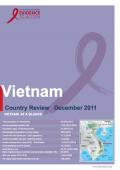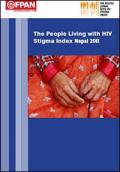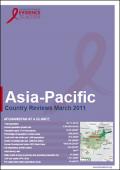Publications on Key Populations
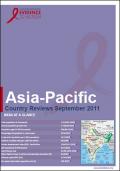
Resource | Reviews and Snapshots,
The first cases of HIV were diagnosed among sex workers in Chennai in 1986. Since then, the country has evolved from a "low" to "concentrated" epidemic; the national HIV prevalence has steadily grown, not only among key affected populations such as men who have sex with men (MSM), sex workers and injecting drug users (IDUs), but also spreading into the general population in several states.
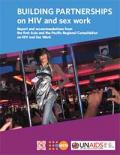
Resource | Publications,
This Regional Consultation, which was the result of an extensive and participatory process spanning over a year, brought together some 140 participants from eight countries in the region as well as selected national, regional and global resource persons that have experience or influence in the area of HIV and sex work.






